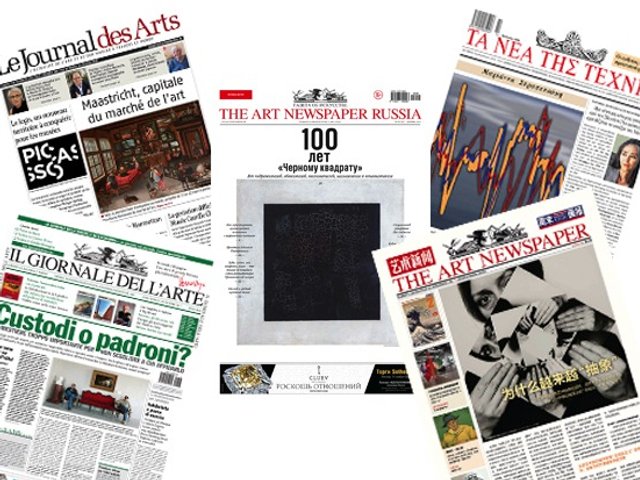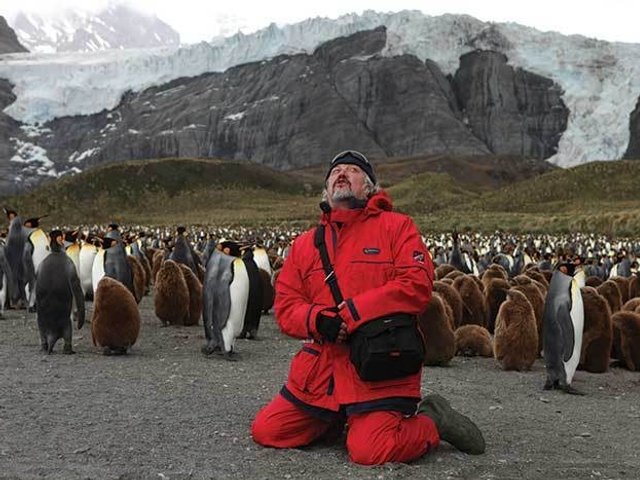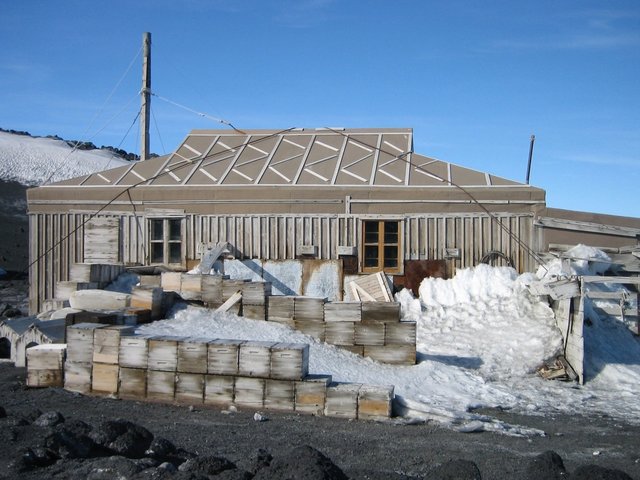On 27 March 2017, the Russian research ship Akademik Ioffe will cast off from the tip of Argentina on a journey to Antarctica. It will be carrying around 100 scientists, artists, “visionaries” and poets. Art will be created, poetry recited and the meaning and future of life discussed, and there will be more of the same once the only no-man’s-land in the world is reached. For Antarctica belongs to no one, under a treaty of 1959 in which the countries of the world promised to keep the continent inviolate, weapons-free and uninhabited except by transitory scientists.
Whether its title—the Antarctic Biennale—means that there will be further editions is uncertain, although its commissioner, the former submariner-turned-artist Alexander Ponomarev, is certainly keen. He says: “This white continent is like a pure sheet of paper on which artists from different countries might draft new visions for life in the 21st century.”
Ponomarev’s powers of persuasion are remarkable: the Russian navy let him paint one of its submarines in wild colours, and in 2009, he took his pseudo-submarine up the Grand Canal in Venice. The Antarctic is one of his obsessions, and at the 2014 Venice Biennale, he created a pavilion for the continent in the Fondaco Marcello.
As part of the Venice Architecture Biennale (until 27 November), this pavilion houses works by the architectural studio of Hani Rashid and the University of Applied Arts Vienna, imagining what the Antarctic might be once global warming has made it, as the studio says, “as ‘normal’ as northern Scandinavia and therefore inhabitable”.
The main backer of the Antarctic Biennale is the Oceanic Project Foundation. Its trustees include the artist Marina Abramovic, Sam Keller, the director of the Fondation Beyeler, near Basel, museum directors and Russian donors. Its chair is Anna Somers Cocks, the chief executive of The Art Newspaper.




